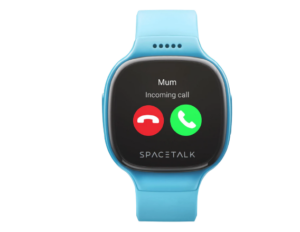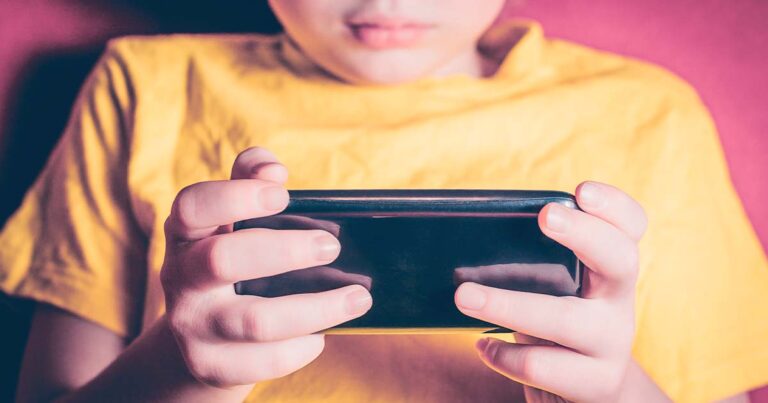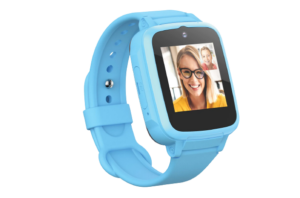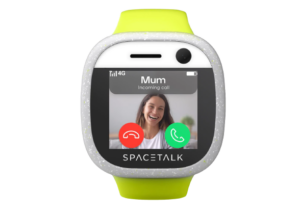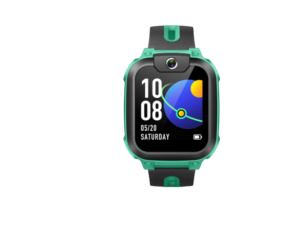Optus Mobile Review ALDI Mobile Review Amaysim Mobile Review Belong Mobile Review Circles.Life Review Vodafone Mobile Review Woolworths Mobile Review Felix Mobile Review Best iPhone Plans Best Family Mobile Plans Best Budget Smartphones Best Prepaid Plans Best SIM-Only Plans Best Plans For Kids And Teens Best Cheap Mobile Plans Telstra vs Optus Mobile Optus NBN Review Belong NBN Review Vodafone NBN Review Superloop NBN Review Aussie BB NBN Review iiNet NBN Review MyRepublic NBN Review TPG NBN Review Best NBN Satellite Plans Best NBN Alternatives Best NBN Providers Best Home Wireless Plans What is a Good NBN Speed? Test NBN Speed How to speed up your internet Optus vs Telstra Broadband ExpressVPN Review CyberGhost VPN Review NordVPN Review PureVPN Review Norton Secure VPN Review IPVanish VPN Review Windscribe VPN Review Hotspot Shield VPN Review Best cheap VPN services Best VPN for streaming Best VPNs for gaming What is a VPN? VPNs for ad-blocking In the long-run, it might not cut it as a replacement. Still, it can definitely save you time and money in the short term while providing plenty in the way of peace of mind. The right kids smartwatch can provides just as much connectivity as a smartphone, with none of the pesky distractions of social media. Check out our round-up below for the run-down on the best kids smartwatches in Australia. Out of the box, the Spacetalk Kids supports calls and texts. It’s also got extensive parental controls via the Spacetalk app, a built-in GPS tracker and a dedicated SOS alert button. If you can live without video calls and don’t mind a little less splash resistance in the mix, the Spacetalk Kids Smartwatch is a solid choice. That said, there is one important caveat worth noting here. On top of the device itself and the cost of an eSIM to keep it connected, buyers are also looking at an Spacetalk app subscription, which starts at $5.99 per month for two connected devices. You’ll also need to keep in mind which version of the Spacetalk Kids Smartwatch you’re buying, as different models are designed to be used with different mobile networks. In order to use the hardware here to its fullest capabilities, you’ll need to pair it up with a SIM-only plan from the mobile provider paired to model in question. If you have the version designed to work with the Telstra network, then Telstra (or any Telstra MVNOs will work). On the other hand, if you have the Vodafone/Optus model, then those providers (and any of their MVNOs) will do the trick. Check out the widget below for a round-up of popular plan options. When it comes to the specs, it offers much of the same. It’s got voice, SMS and video call functionality plus built-in GPS and parental controls via the Pixbee app. Of course, as with the Spacetalk Kids Smartwatch, using the Pixbee Kids 4G Video Smart Watch to its fullest potentials involves pairing it up with a SIM-only plan from a compatible mobile provider. Thankfully, since the Pixbee works with all three of Australia’s 4G networks, you’ve got plenty of options to choose from. Check out the widget below for a round-up of popular plans that you could pair with the device. As well as more modern connectivity, this kids smartwatch builds on all the areas where its predecessor paused. It’s got better water resistance, more comprehensive fitness tracking and double the battery life. That said, it is a little more expensive and does require the same additional monthly subscription, which may turn off some potential buyers. You’ll also need to pair it up with a SIM-only plan from a mobile provider. Check out the widget below for a round-up of popular plans that might work. The promise of all-day battery life hides a handful of key assumptions, with actual performance depending on dozen different factors. Everything from the frequency with which GPS tracking is involved to the brightness setting on the screen can have an impact on the battery life of a given kids smartwatch. There is no one size fits all approach to measuring or predicting battery life beyond the assumption that a bigger battery faced with the same conditions will surely fare better. Our pick for this category, the imoo Z1 Kids Smart Watch, takes that assumption to a natural conclusion. Although not as polished or user friendly as what a brand like Spacetalk might offer, the Z9 comes with a significantly larger battery. It’s not pretty, but it is exactly what you want if battery life is your main pain point and your primary consideration. As with the competition, you’ll need to pair the Z9 with a SIM-only plan from a compatible mobile provider in order to enable phone calls and text. While the official website says that imoo Z9 won’t play nice with MVNOs, it’ll play nice with all three of Australia’s big three mobile providers. Check out the widget below for a round-up of popular plans that’ll fit the bill. The first is durability. While a broken smartwatch isn’t going to cost you as much to replace as a new iPhone might, it’s worth checking the terms and conditions that manufacturers present so that you know what to expect. Most kids smartwatch brands use IP ratings, which is also common among smartphone manufacturers. Short for ingress protection, this grading system measures the degree to which a given gadget can repel splash and dust damage. While a higher IP rating is usually better, it’s important to note that water resistant does not necessarily mean the same thing as swim-friendly. The details matter here, though if you do need something a little more aquatic then a fitness tracker like the Fitbit Ace might be a better way to go. The second thing that shoppers looking at kids smartwatches will want to keep in mind is whether or not there are any additional costs involved with keeping the device connected. For instance, getting the full value out of what the Spacetalk can offer involves an additional subscription on top of the cost of an already-expensive device and an eSIM. Finally, another thing that matters a lot when it comes to kids smartwatches is the extent of the parental controls involved and the relative value they add. Many watches include a dedicated “classroom” mode and brag about not having access to social media, but when the functions or most kids smartwatches are as limited as they are and no social media platform apps run on any of them, the value those features give you is something of a mirage. The same goes for video calls. While the ability to make video calls via a kids smartwatch can sound like a neat and new way to check in with your children remotely, the camera quality involved is usually very low quality. It’s still a nice feature to have, but it shouldn’t overshadow more practical things like battery life. That said, it’s worth considering that modern kids smartwatches are similar in both functionality and complexity to an old-school feature phone and that there’s not much point in buying one for a child if they aren’t ready to grapple with that. Parental controls aside, there’s not a huge difference between kids smartwatches and the feature phones of yesteryear in terms of features.
